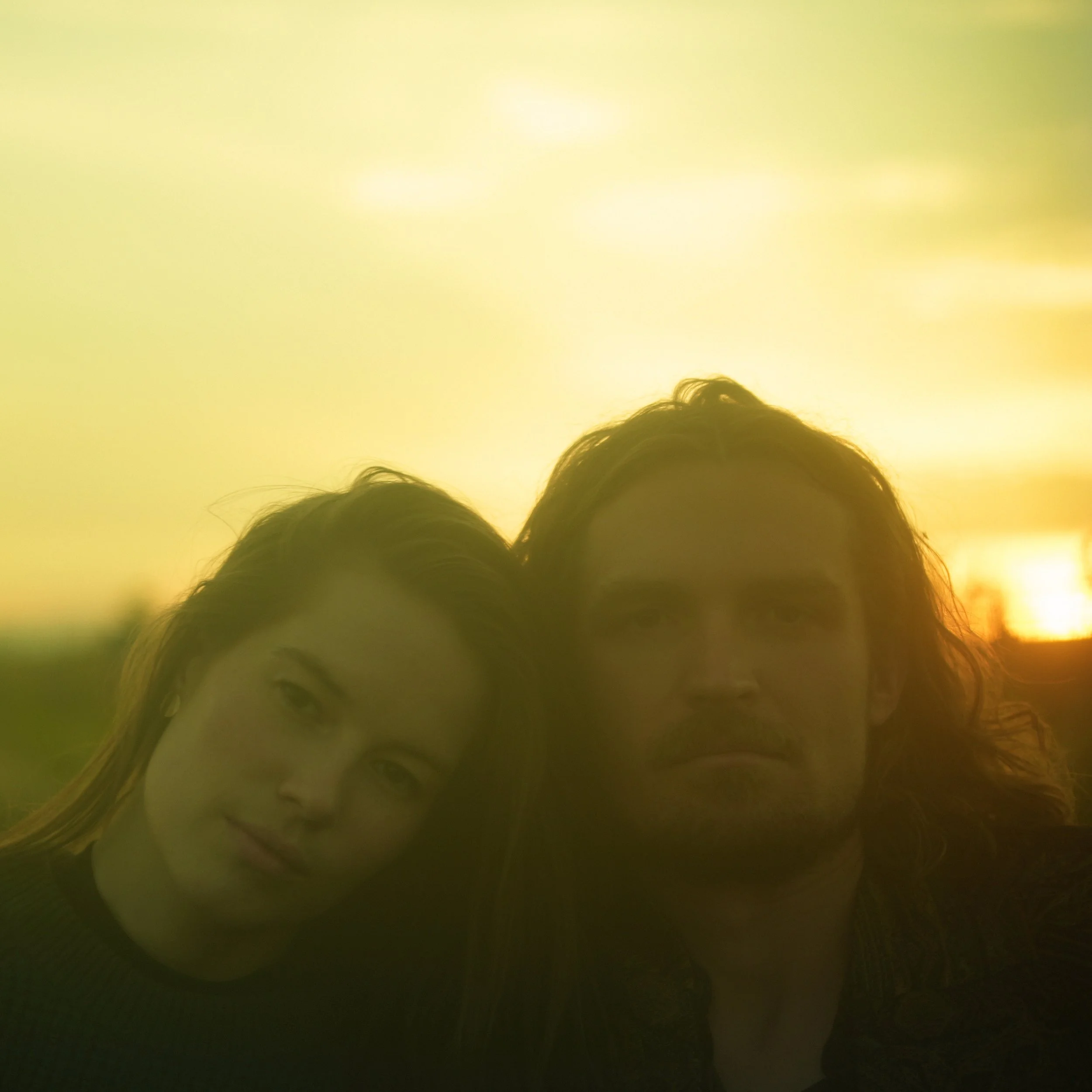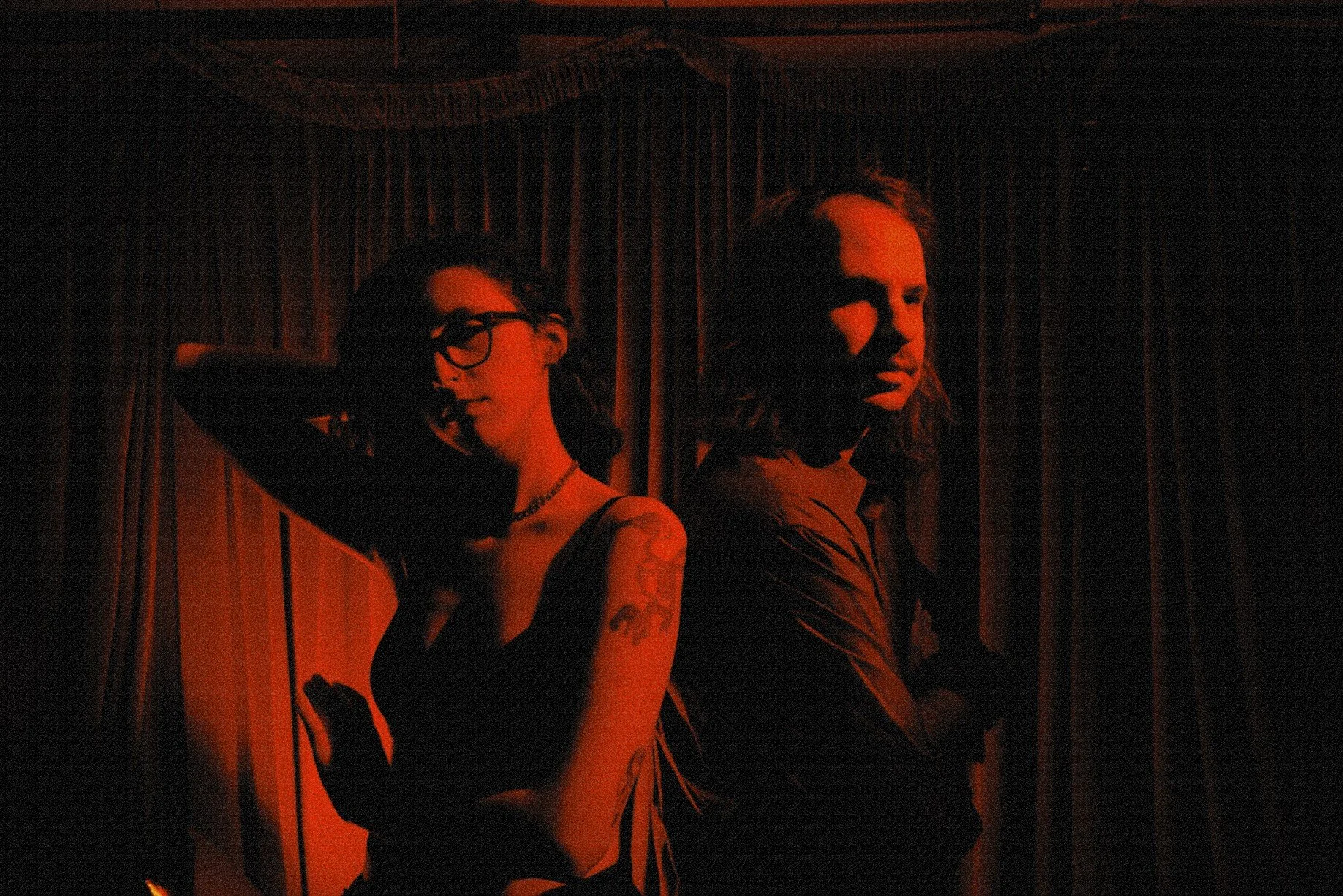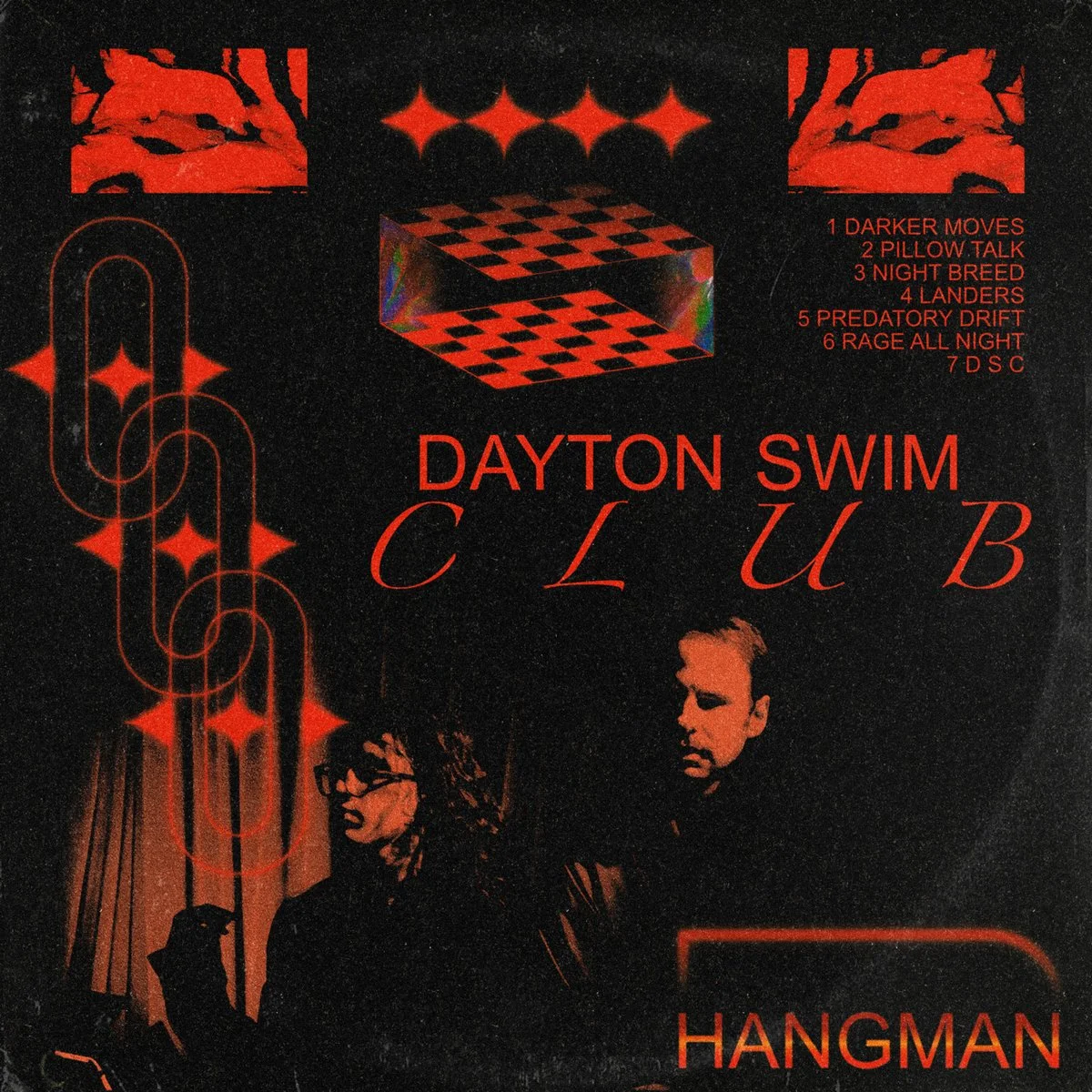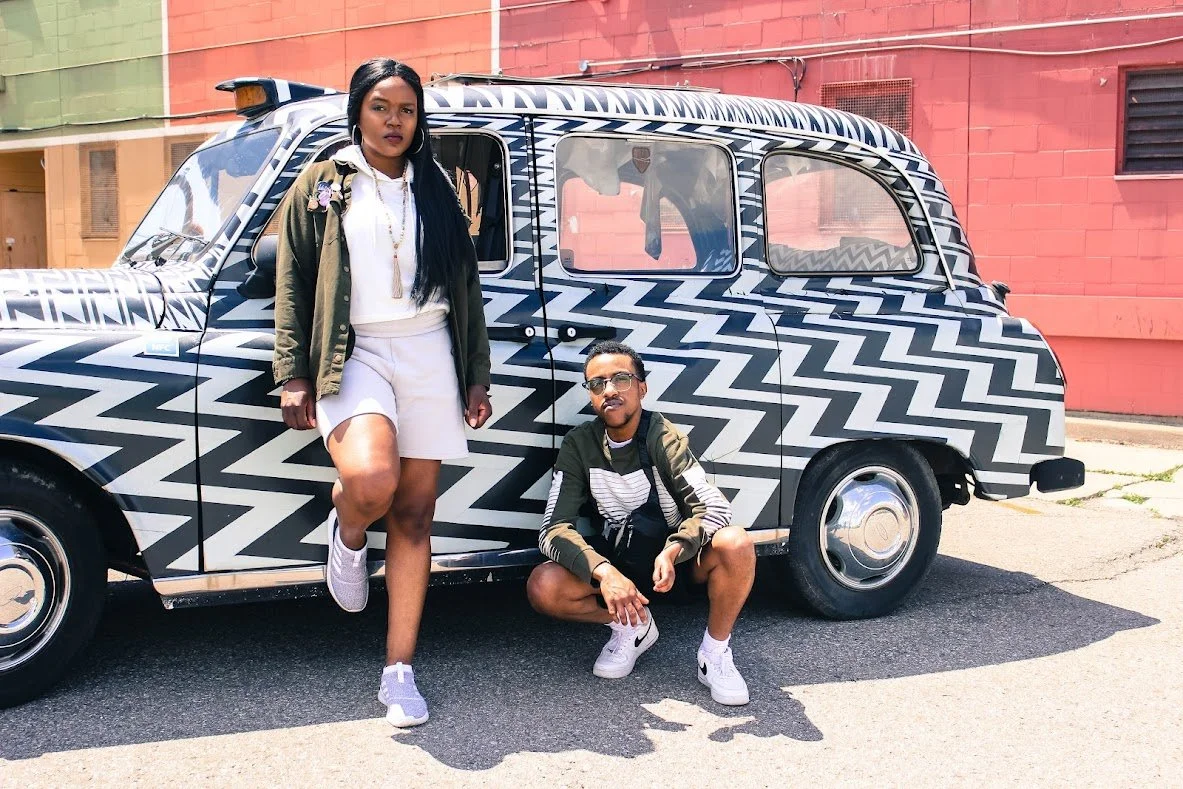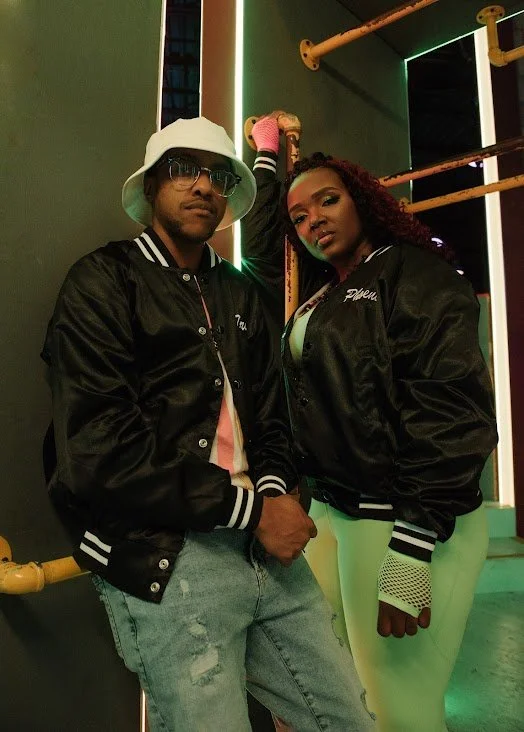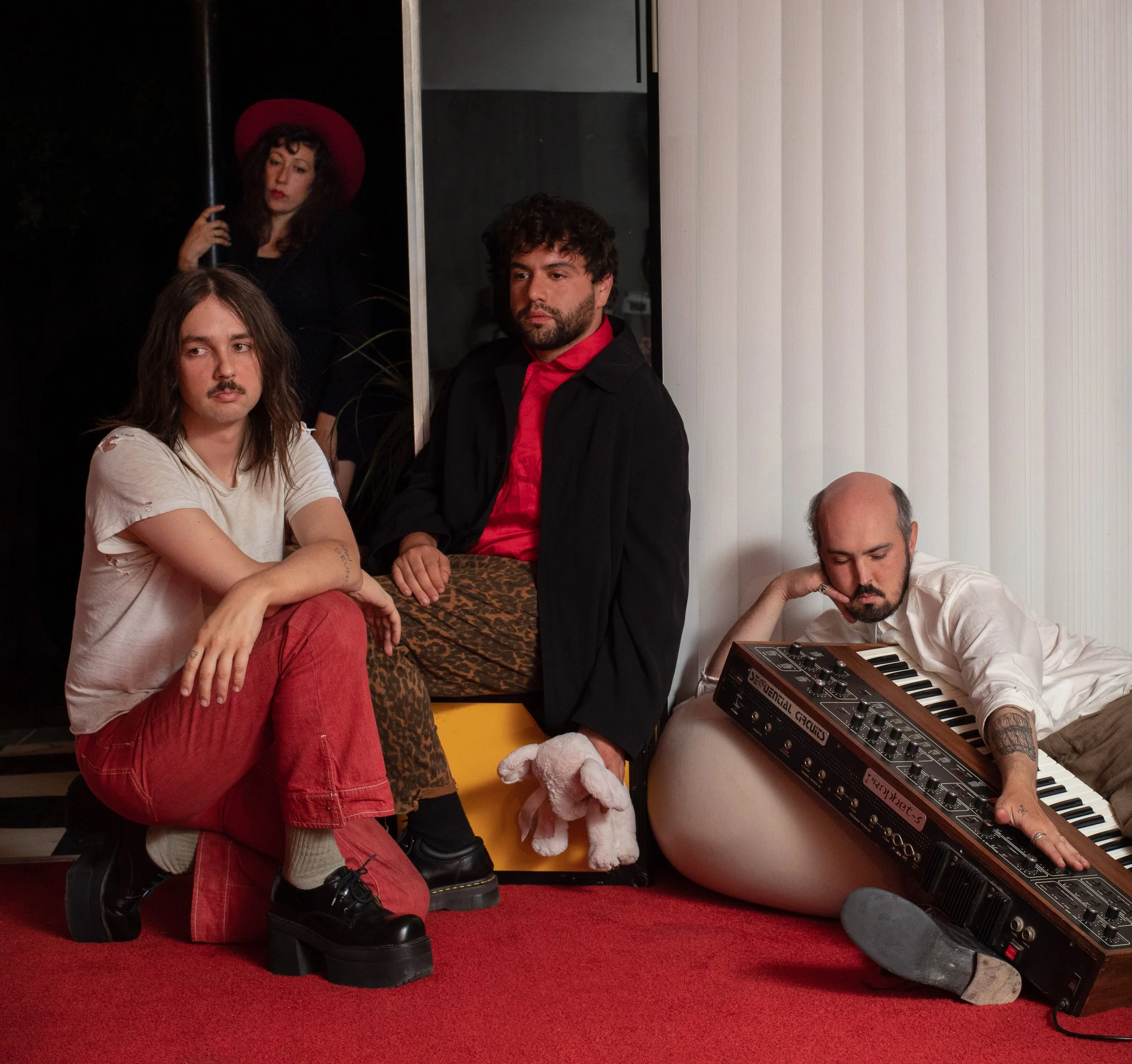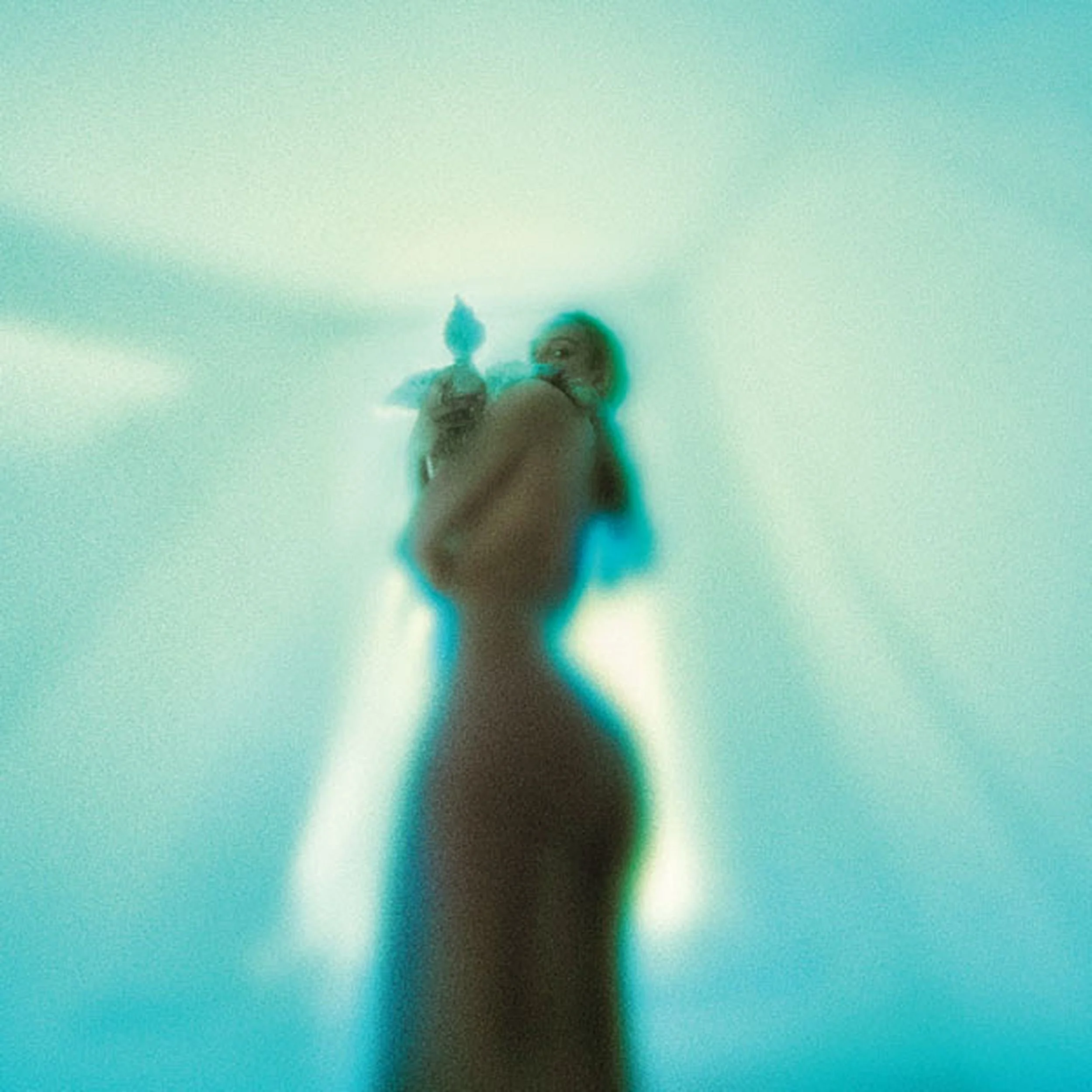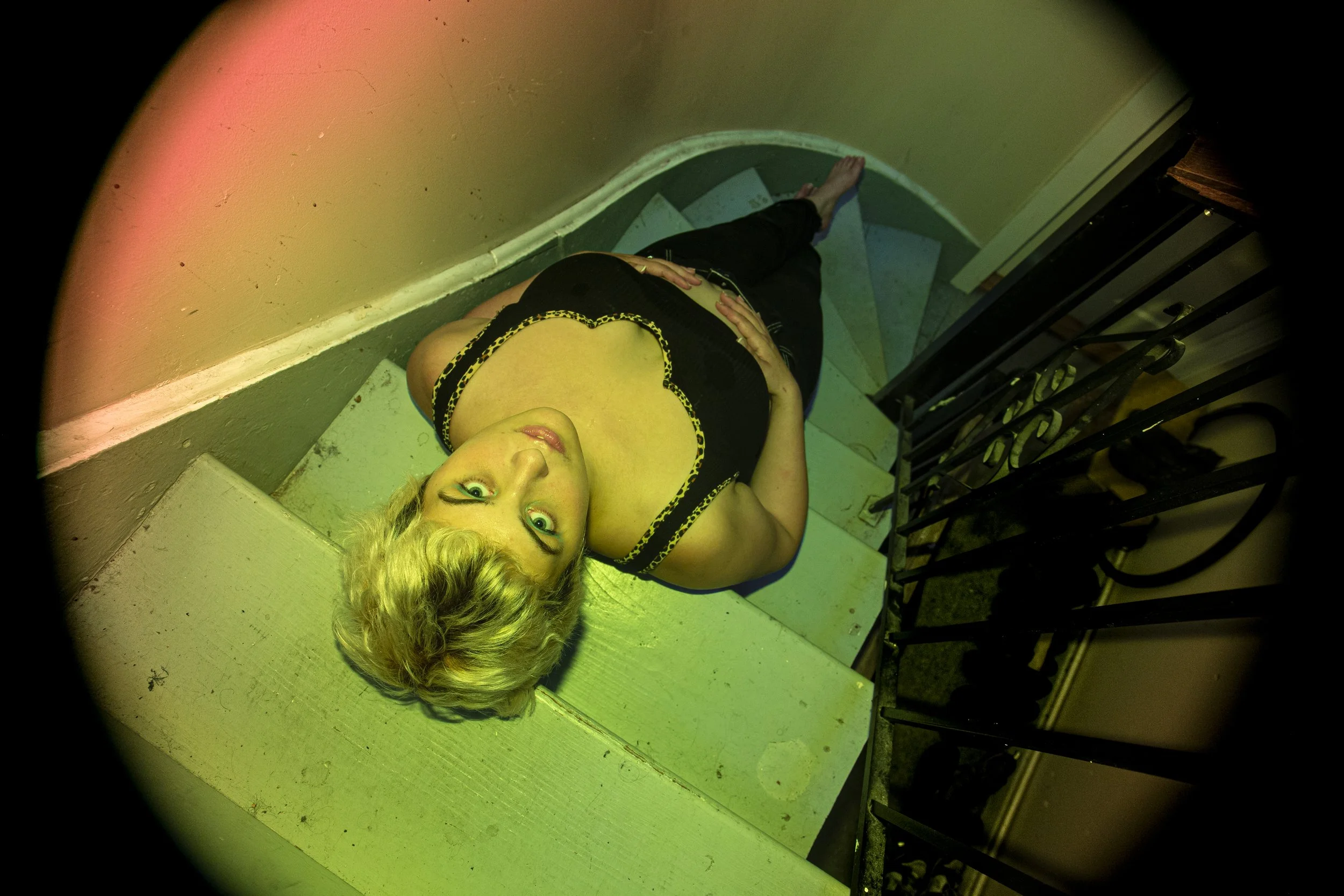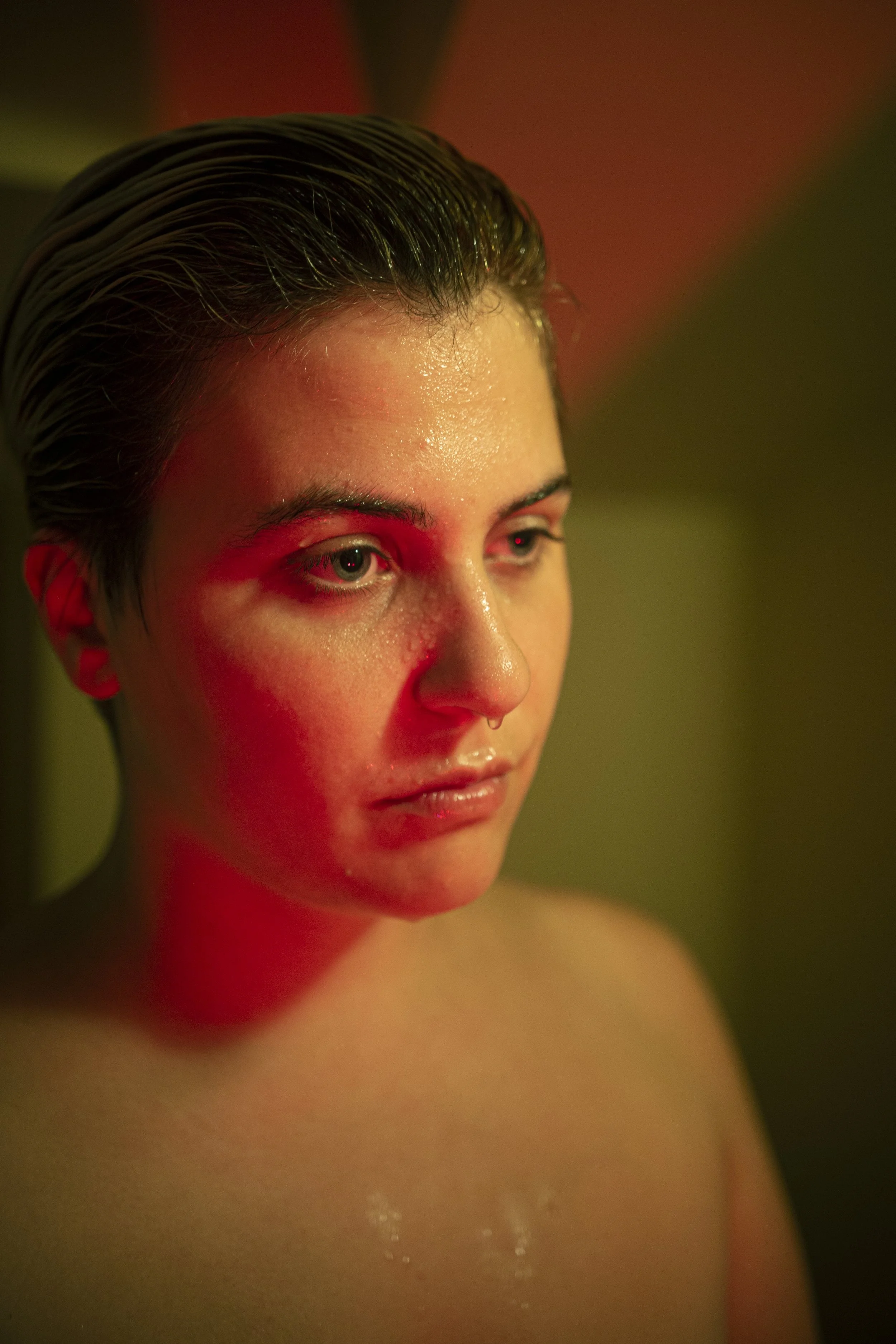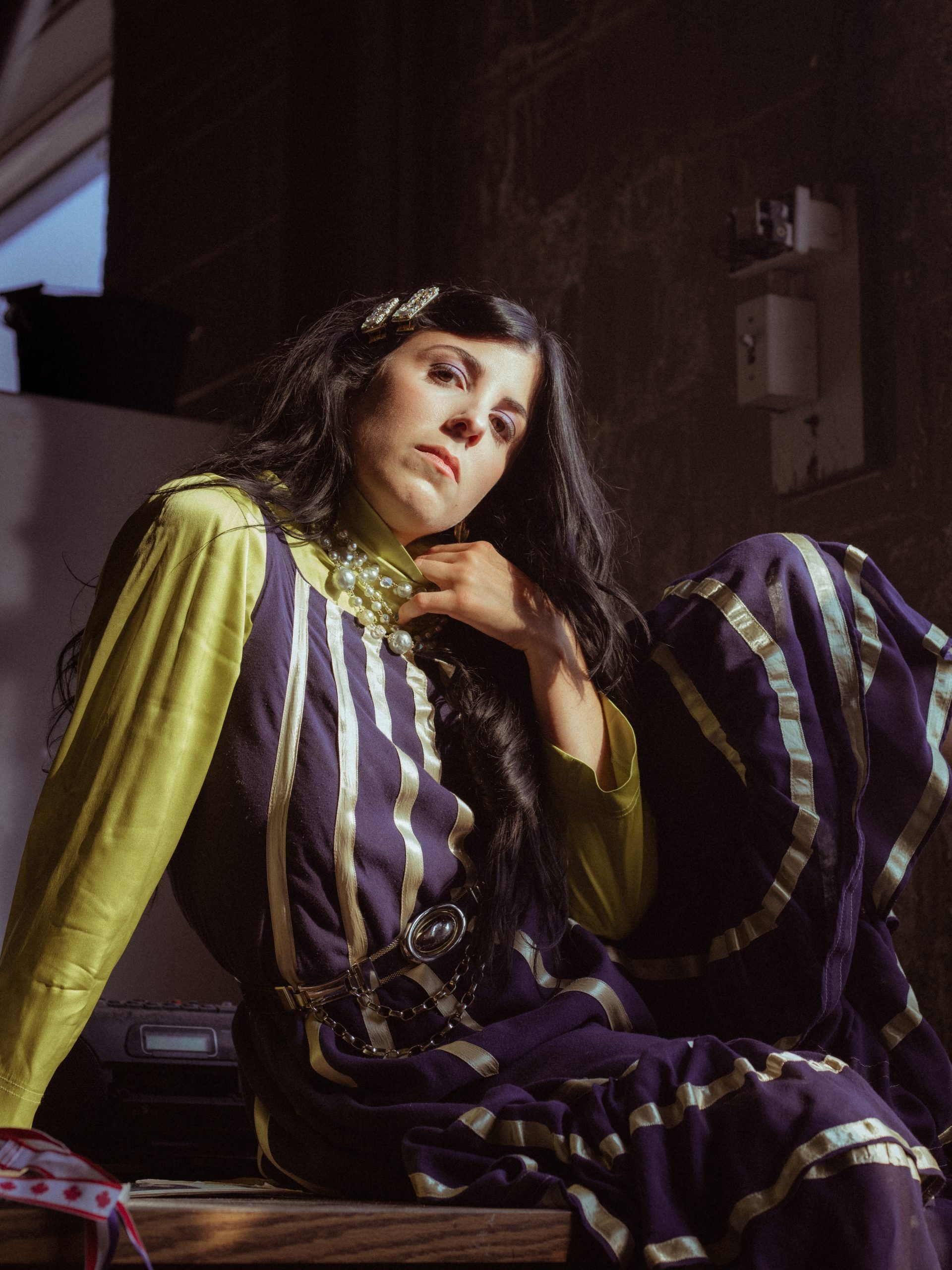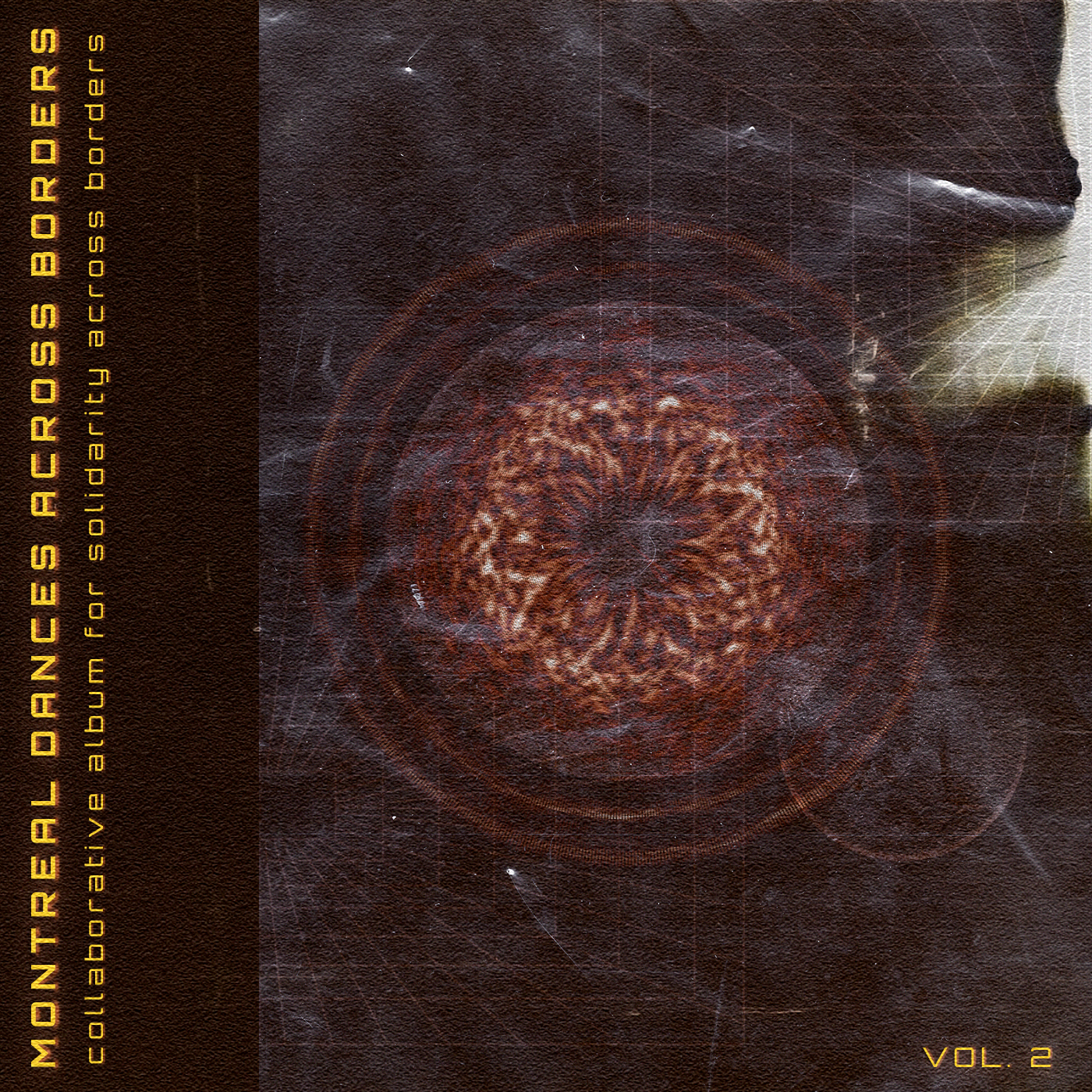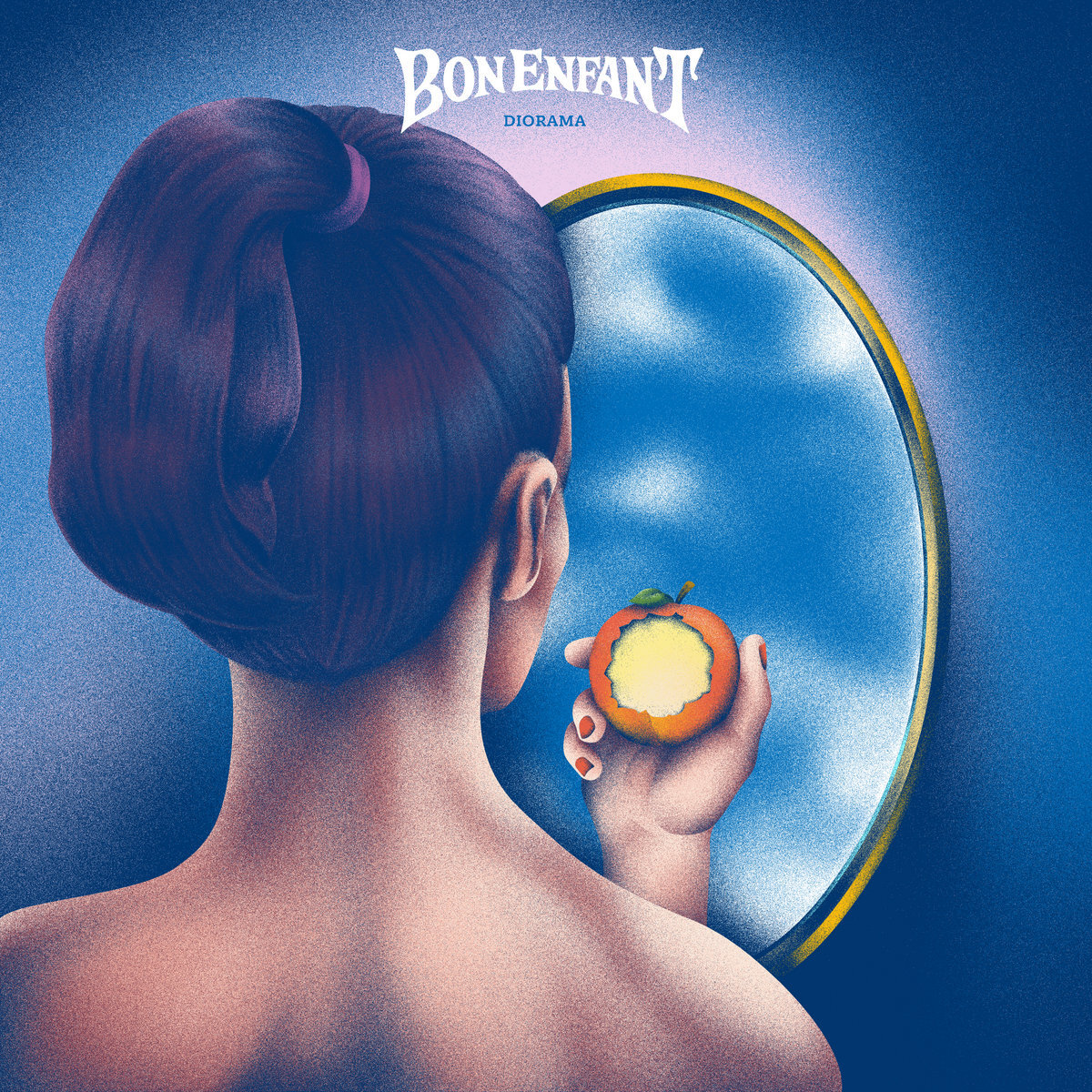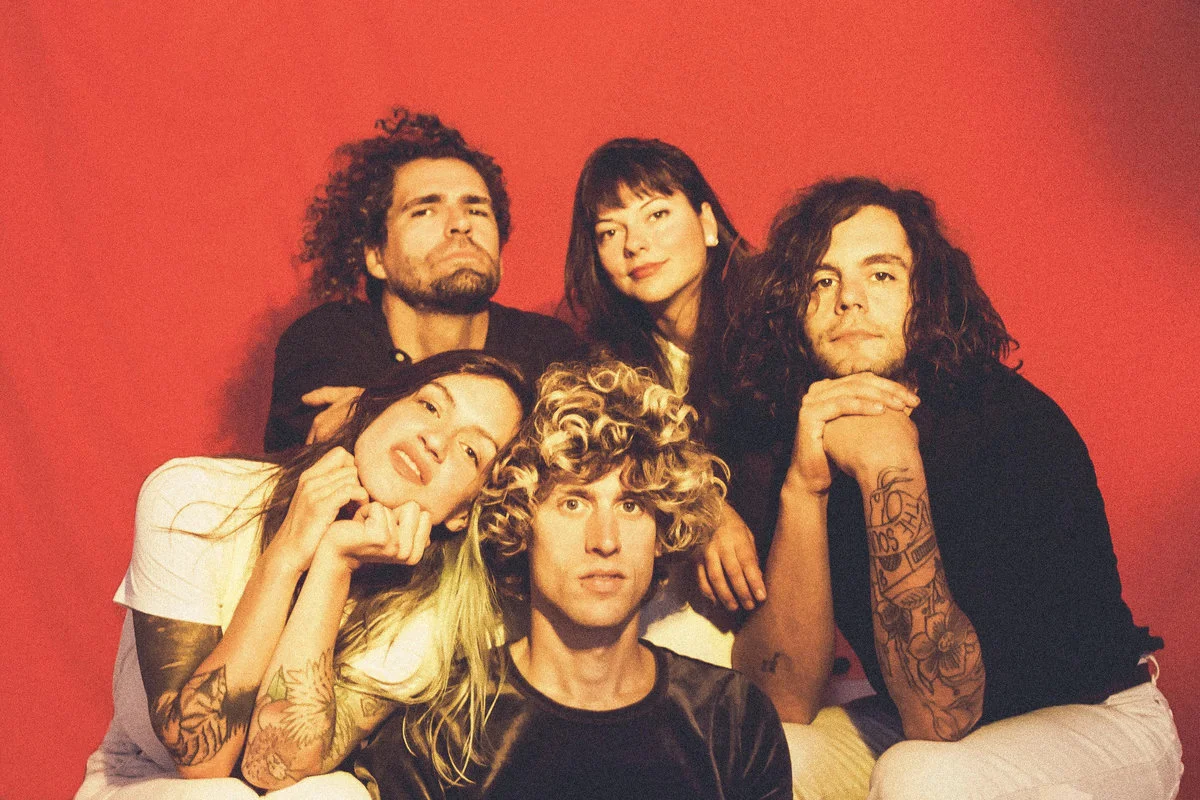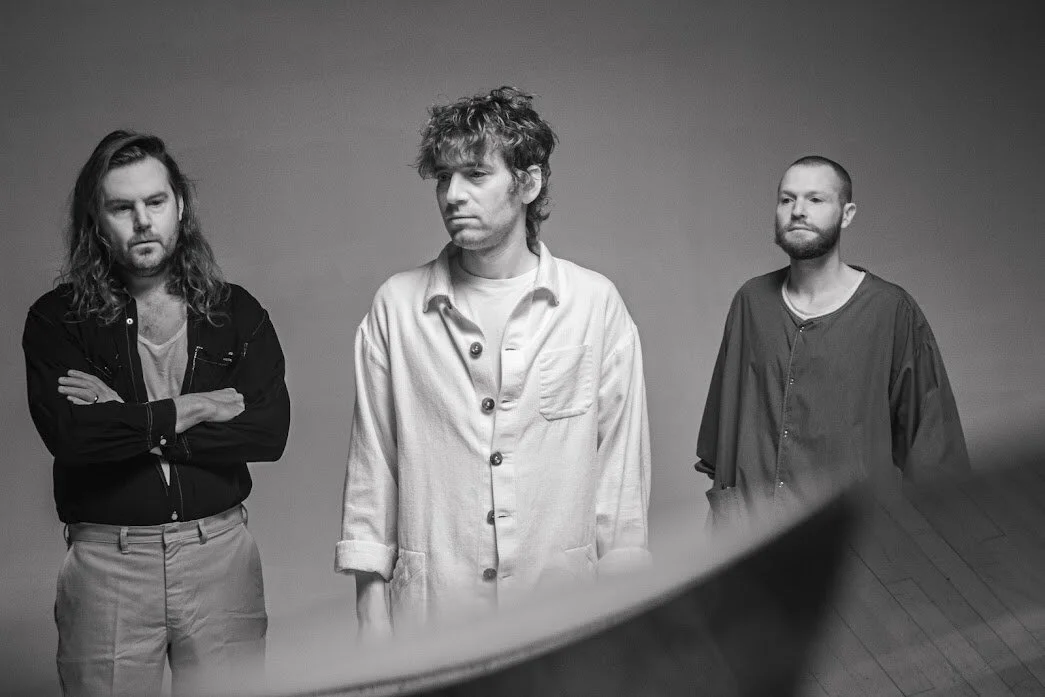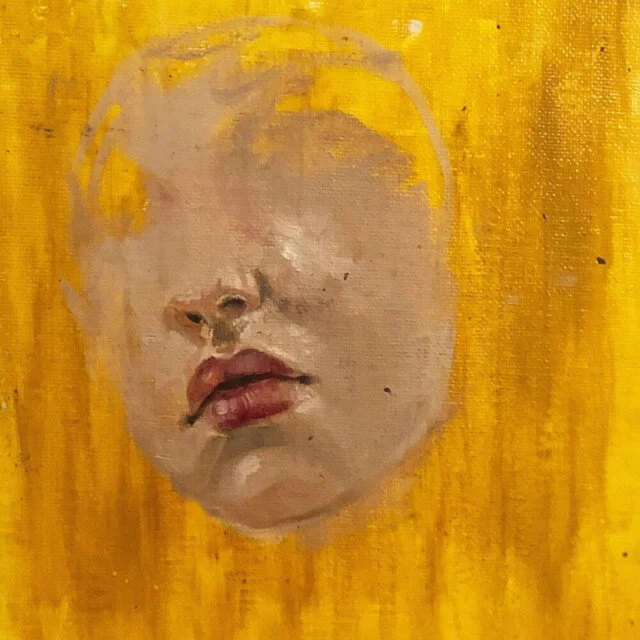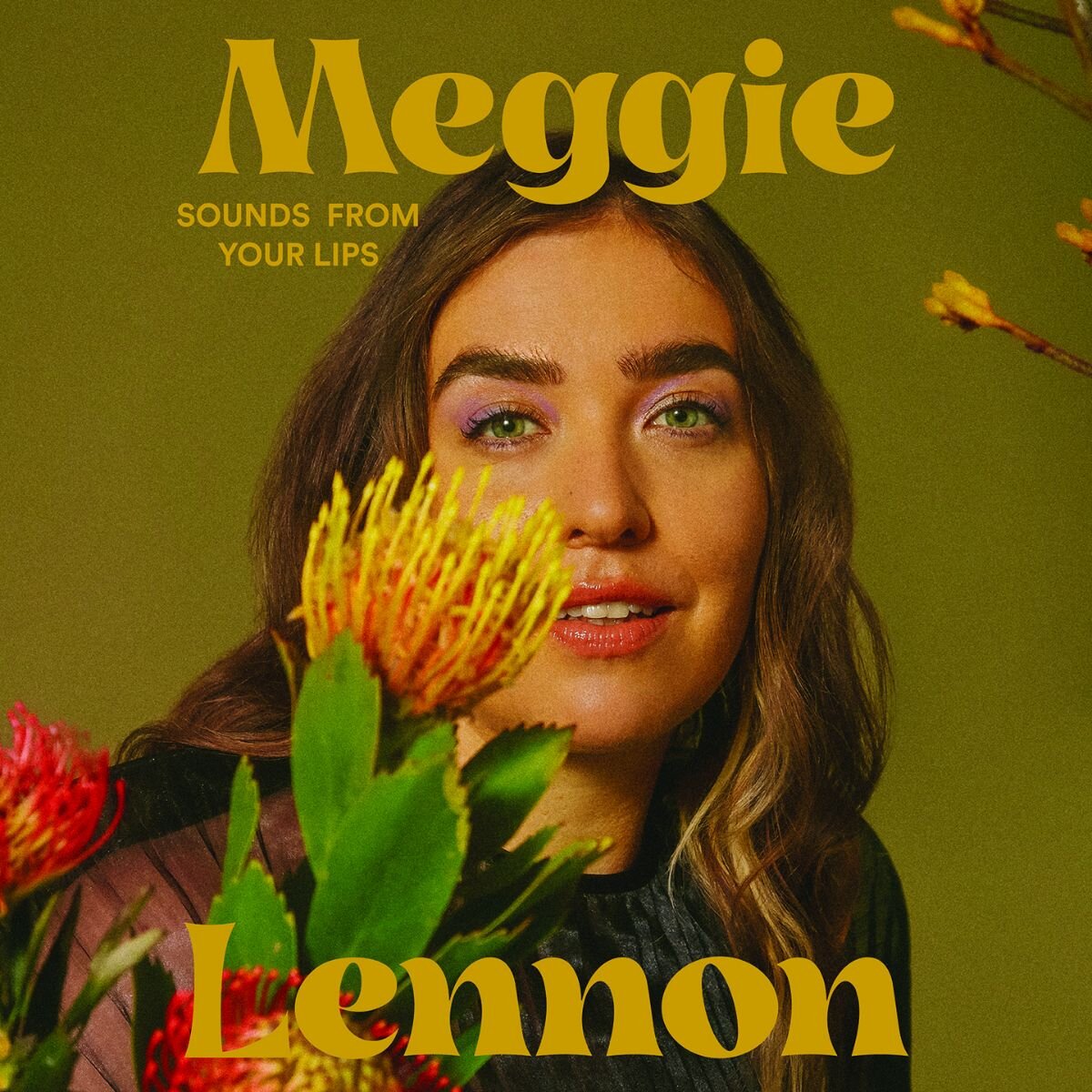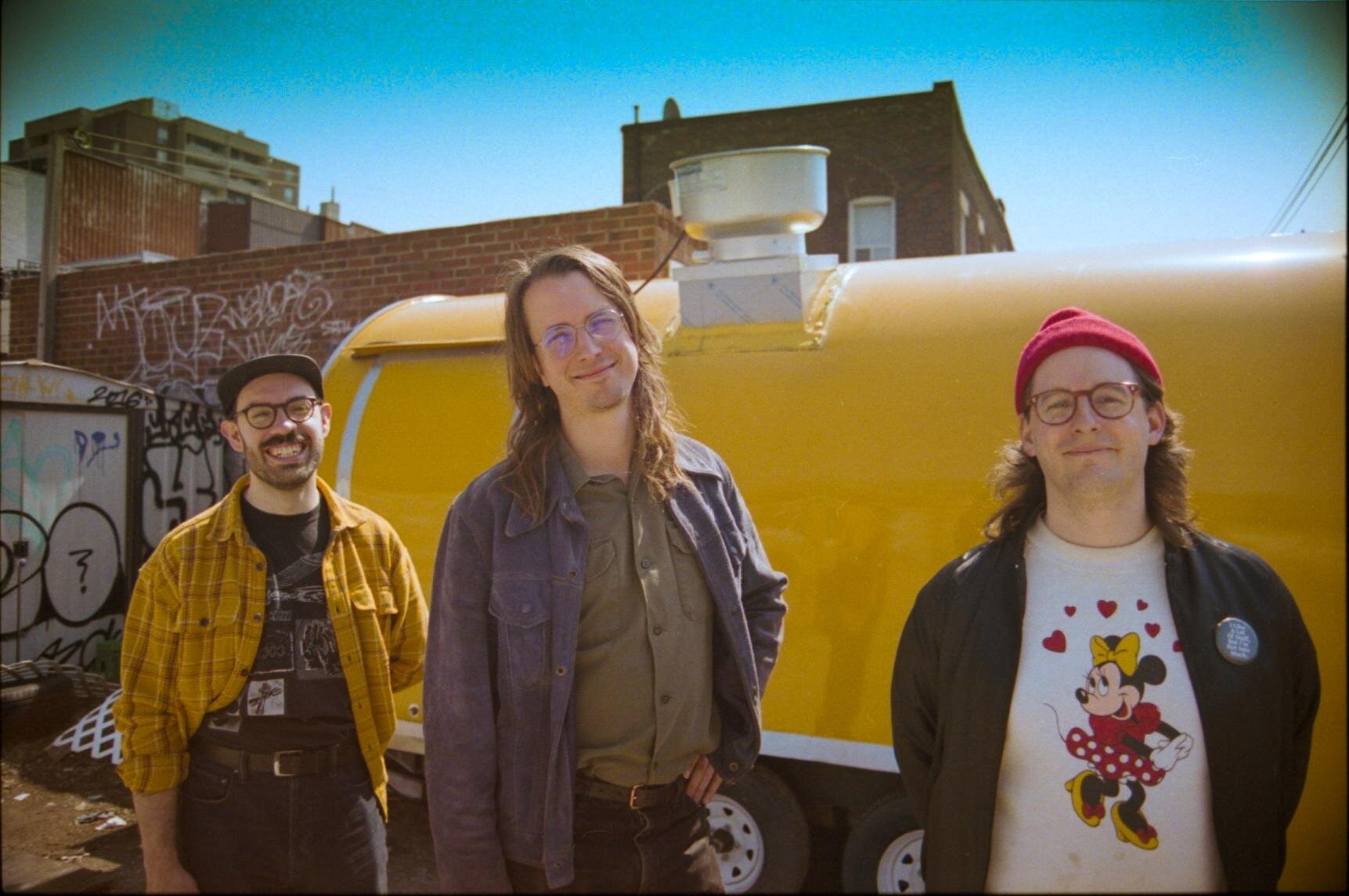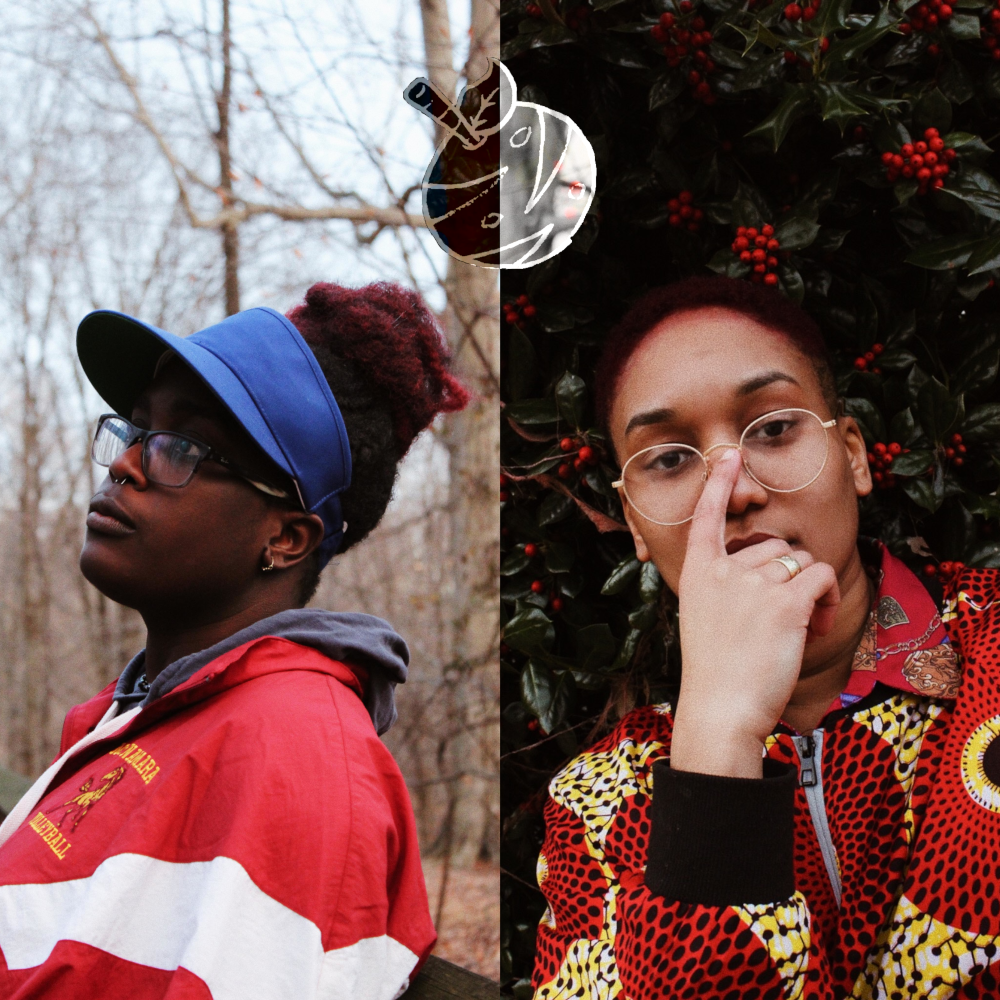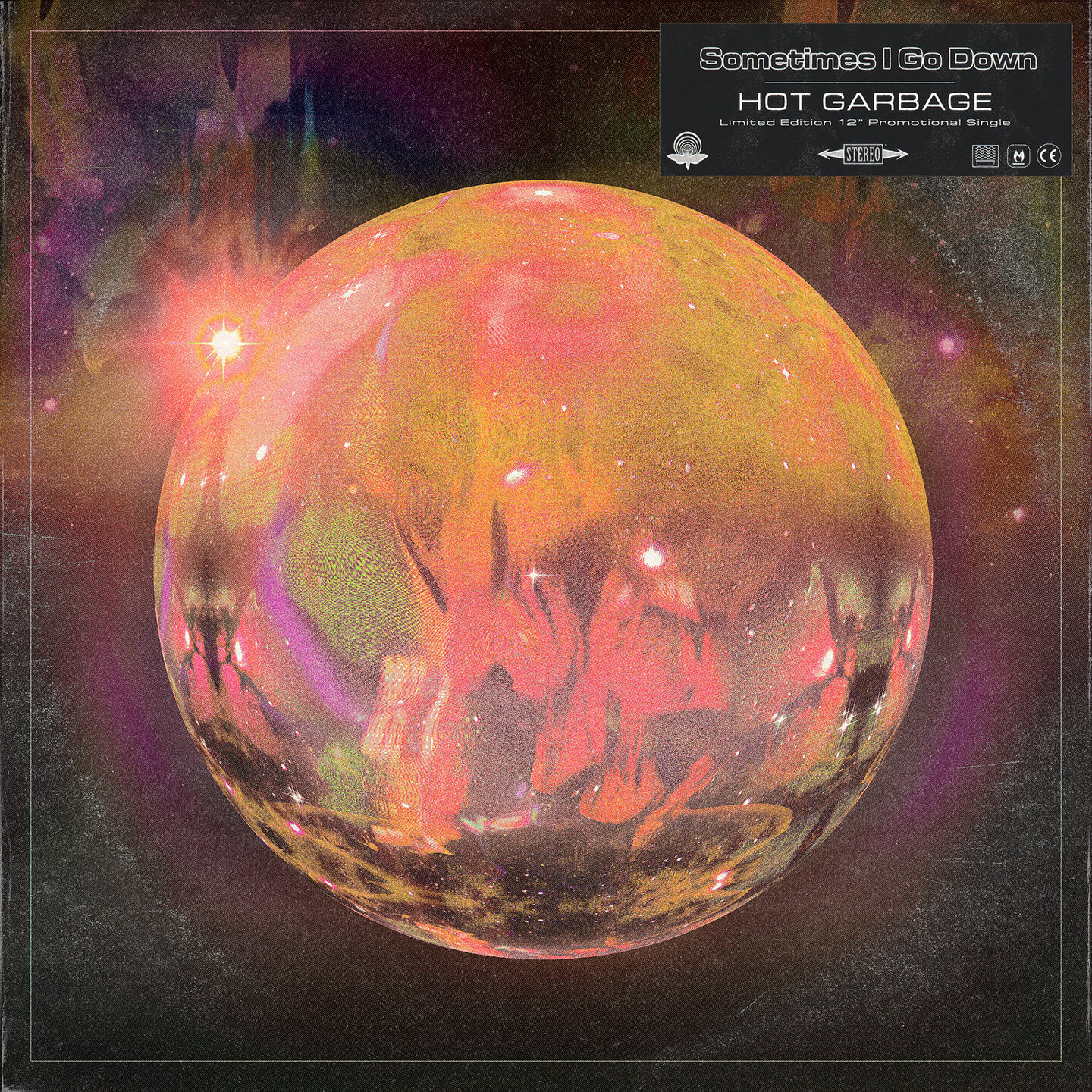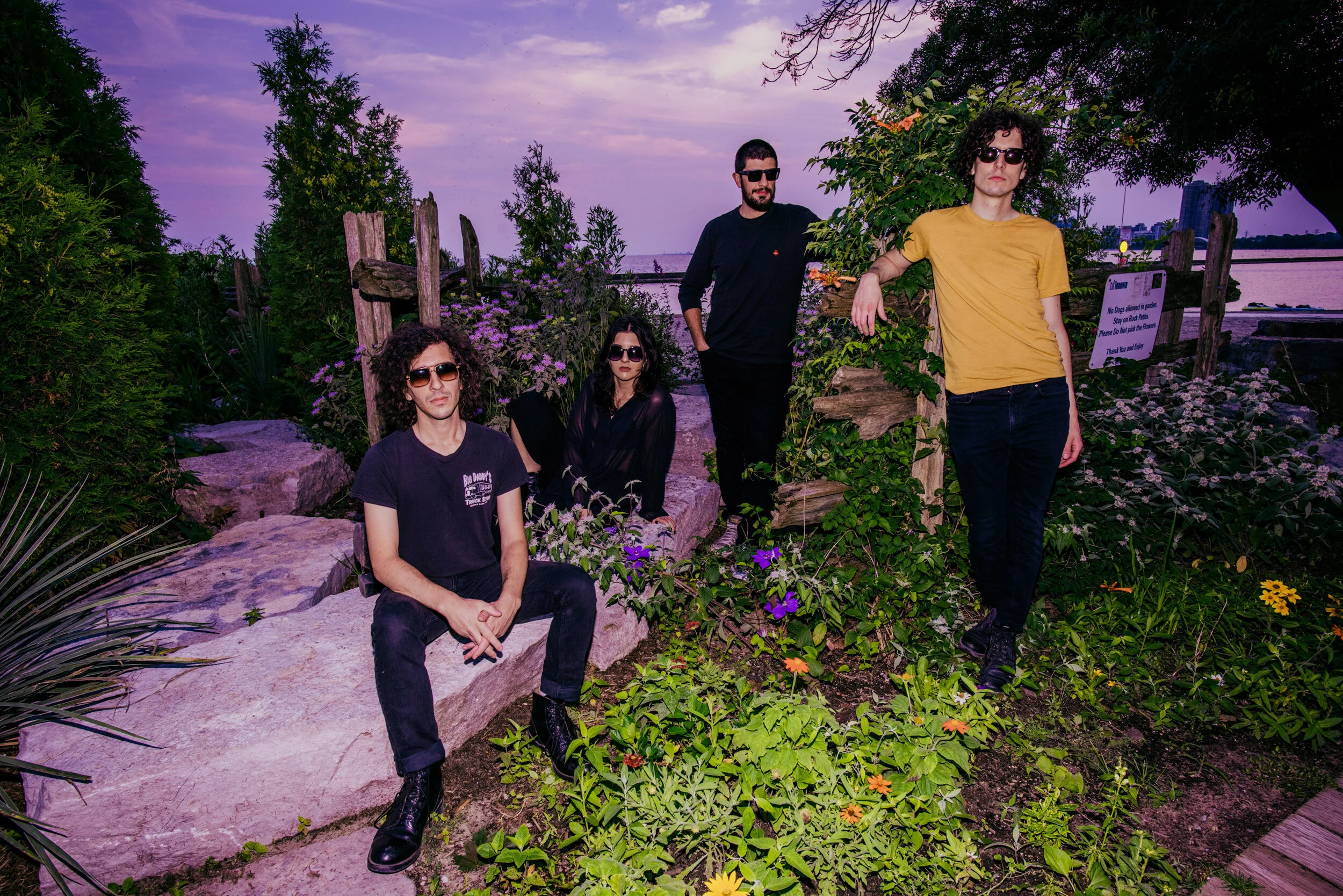"Carved Into Stone" and The Enchanting Artistry of Isaac Symonds (Crystal Math)
Isaac Symonds and Loryn Taggart. Photo courtesy of Samuel Woywitka
For multi-instrumentalist Isaac Symonds, the past year has brought ample opportunities to redefine his creative vision and create his very own orchestral paradise. “Since my departure from Half Moon Run in early 2020,” he says, “I’ve spent most of my time honing in on songwriting, producing and recording.”
Symonds is not lying; on October 14th, the psychedelic, cinematic music video of “Carved Into Stone” (in collaboration with Loryn Taggart) was released on YouTube. The video features musicians from acts such as Barr Brothers, the Franklin Electric and Teke Teke––among others––doing what they know and love best during a recording session at Montreal’s Mixart Studios. Viewers are immersed in Loryn Taggart’s heartfelt voice as it coats the 50s-inspired instrumentation like warm honey, and Symonds diligently orchestrates a variety of instruments.
I was delighted to catch up with Symonds over Zoom, where he guided me through the world of "Carved Into Stone" and left some breadcrumbs of the magic he’s preparing.
Cover image for “Carved Into Stone” by Isaac Symonds & Loryn Taggart. Photo courtesy of Samuel Woywitka
Symonds explains that after he and Taggart wrote “Carved Into Stone,” they decided that it only felt right to fully fund the orchestral arrangement themselves. “It costs some money hiring all the musicians, but we just felt that we needed to do justice to this song.”
He elaborates by saying that upon finishing the lyric writing, he and Taggart tried executing a multitude of versions of the song. “It’s kinda like covering yourself,” Symonds explains. “You have this song, and you want to stay true to the lyrics and the song form. In my eyes, it’s the hardest part… and the most important.”
After finally landing on the orchestral version and seeing their project take form, Symonds reflects on the experience, saying that it has renewed his belief in studio magic. “Once I realized that kind of sound was possible, it really opened up my mind for other possibilities in the future… It makes me think to myself, ‘holy shit, I’m capable of doing that!’ It’s crazy.” The fact that this was Symonds’ first musical creation with barely any effects involved, aside from a bit of reverb on a select few instruments, makes the experience all-the-more remarkable to him. “It’s unbelievable how everything glued together so easily,” he says.
When asked about the meaning behind the lyrics in “Carved Into Stone,” Symonds notes how Taggart brought up the word “sondering” in a brainstorming session. “I really liked the sound and the vibe of that word, but I didn’t know what it meant at the time.” After finding out that ‘sondering’ is a term used to describe feeling one has when they realize that the lives of those around them are equally as vivid as their own, Symonds and Taggart agreed that this should serve as the basis of their song. “We wanted to combine a classic love song with this idea of sondering,” Symonds explains. “When we were songwriting we were imagining the idea of being on a metro, or a bus, and catching eyes with a beautiful person and having a slip[ping] moment of connection. It’s about really wanting to say hello, when all of the sudden the doors close, and you’re left wondering about all the things that could have happened.”
As he looks towards the future, the conversation veers in the direction of Symonds’ upcoming project, which he is very excited to talk about. “I’m not sure whether it’s going to be an album or an EP, but I’ve booked all the same musicians [that appear in ‘Carved Into Stone’] and I’ve basically written all the songs and lyrics.”
The multi-instrumentalist has now booked a chalet Airbnb just an hour north of Montreal, and is looking forward to having no distractions. “I live on Saint-Denis in Montreal, and the ongoing sound of traffic is very unforgiving.” In terms of the process, Symonds aims to bring his musical ensemble to his Airbnb retreat, flesh out the skeleton of his music, and then conjure some more studio magic back in Montreal’s Mixart Studios. This, according to Symonds, will be a process which revolves around trimming and perfecting more than anything else. “I probably have twenty songs right now, but only seven of them will push through… or maybe more, or maybe less. I’ve been writing this for two years, so I need to think to myself, ‘is this gonna live on my hard drive, or is this gonna live on Spotify?’ I’m giving it my best to one day let it live out in the open, but music is like a fruit, and I wouldn’t want to release anything that isn’t ripe.”
Reflecting on his career up until this point, Symonds has two useful pieces of advice to give to musicians who want to take their personal practices further: to experiment with many instruments, and to hold back from publishing music until you’ve perfected it. “Being a multi-instrumentalist is always an asset,” Symonds emphasizes. “If your band can ‘switch roles,’ it’s always interesting, both for the listener and for your own experience as well.”
Speaking to his second point, Symonds urges musicians to “...just focus on the song. Maybe people will say I’m wrong, but I don’t think you should promote stuff on social media unless it’s your best material… Write tunes that you’re proud of and know are good, and then move onto promoting it.” Too often, Symonds says, musical artists try to ‘luck out’ and generate a huge buzz by marketing their personalities online rather than their actual content. But people enjoy listening to good music, Symonds says, and talented artists can always rely on letting the music speak for itself. “If you let the music do the work, everything else will become easier.”
I left my conversation with Symonds feeling inspired and revitalized; even through our respective computer screens, his sense of excitement and creativity was palpable. After creating the beautiful arrangement of “Carved Into Stone,” he seems to think that anything is possible, and quite frankly, I believe him. I’m really looking forward to the new music he and Taggart put out, both together and as solo artists. Regardless of whether their future projects manifest as albums or EPs, these musicians are destined to continue the spark behind this latest magical release.
Stream “Carved Into Stone”, the enchanting instrumental version, and the psychedelic remix “Searching in Sonder” below!
Isaac Symonds
Instagram | Facebook | YouTube
Twitter | Spotify | Apple Music
Spencer Nafekh is a tireless reader, writer, editor, and advocate for the written word. With an undergraduate degree in Concordia's English and Creative Writing program imminent, he plans to pursue a Master's specialization in journalism so that he can fully realize his career path. When Spencer is not working away, he is probably listening to experimental music while lost in the world of a science fiction novel.


